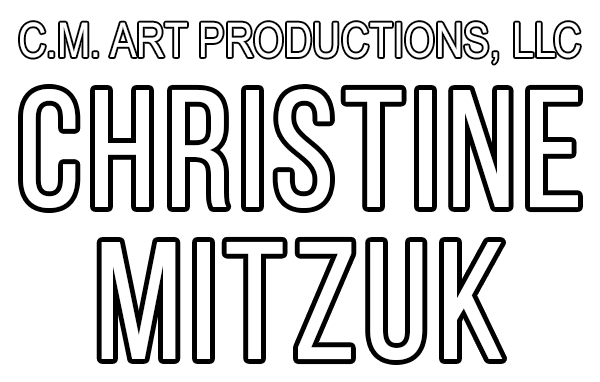Drawing on Vellum
For the past several projects, I’ve been using Canson Vidalon Translucent Vellum for my drawings. I like the surface. I also like being able to have my line drawing on one side and develop the values on the other (that way I don’t lose my drawing if I have to erase values). What’s a bit of a bummer is that the last two drawings have rippled.
I’m not certain exactly what’s causing it. I’m guessing it’s a combination of factors.
- I really worked the values, made the darks very dark. The previous drawings didn’t have as developed values and didn’t ripple.
- I did have 2 sheets of paper for my hand to rest on. Maybe I need to get my hand up completely off the paper.
- On one drawing I taped around the drawing on both sides (I do the line work on one side and the values on the other so I don’t lose my drawing). On the other drawing I only taped one side of the vellum.
- Both drawings were taped for 3 or more weeks.
- It has also been pretty humid around here.
My Attempt to Fix the Ripples
First I sandwiched the drawing between regular paper on top of board, placed a clean dishtowel (flour sack cotton dish towel) over that and ironed it a bit on the lowest setting. I also used the iron dry not wet.

Next, while it was still a little warm, I “stretched” the drawing by making a small stack of 8.5″x11″ paper (5-10 sheets), then taped the drawing to a board over the stack along the top and lower edges of the vellum.


I put some tabloid size paper down then placed the taped drawing and board face down on the paper.
Then I weighted down the whole stack with heavy books. The drawing is a little less rippled. Maybe it needs a longer time under the books.
Complete Avoidance of the Problem
I either have to work faster, not tape my edges and clean up after, or switch products if I’m going to continue to do full value drawings on vellum. The latest drawing I only taped on one side. It has still rippled a little but not as much as the previous project. We’ll see what happens. Art on!
Update! Suggested Solutions and Process Changes
I really like using the Canson Vidalon Vellum so was thrilled to hear back from Ed the Fine Art Education Director & Technical Consultant of Canson. The following is his input (posted with his permission):
“It is definitely the humidity. I’m in the Chicago area and the humidity has been high. As a result paper has a tendency to curl more. It will eventually uncurl by itself if left in a dry area. But who wants to wait? For wet media, you can use a hair dryer, but for drawings I suggest an iron. place the drawing between two sheets of baking parchment (silicone coated paper). Set your iron on the lowest setting and iron. Then take the drawing with the parchment and place it on a cool surface (a kitchen counter top or piece of glass works) and cover with a piece of glass or a baking sheet. This will pull the heat from the paper and flatten the paper. If it is exposed to more humidity it will wrinkle again. When you are not drawing it is good to cover the drawing with the pad or put the drawing back into the pad. This will minimize the exposure to the air especially this time of the year.
If you use a hair dryer, you will need to do the same, placing it on a cool surface and covering with another cool object.”
I also wrote him that I pulled the tape off my current drawing in an attempt to reduce the rippling (which has helped a bit) and he responded,
“Yes, removing the tape will also help relieve the curling as you described. When working you could also tape the four corners to your drawing board. This will also keep it flat.
The paper flattening process is what photographers did once they printed their images. This is a wet process and they needed to flatten then once the image was dry.”
Now I have some new methods to try and a few changes to make in my process that will hopefully do the trick in this darn humidity. Thanks Ed!
